Wabi-sabi: The Pavilia Hill offers respite from bustling Hong Kong life
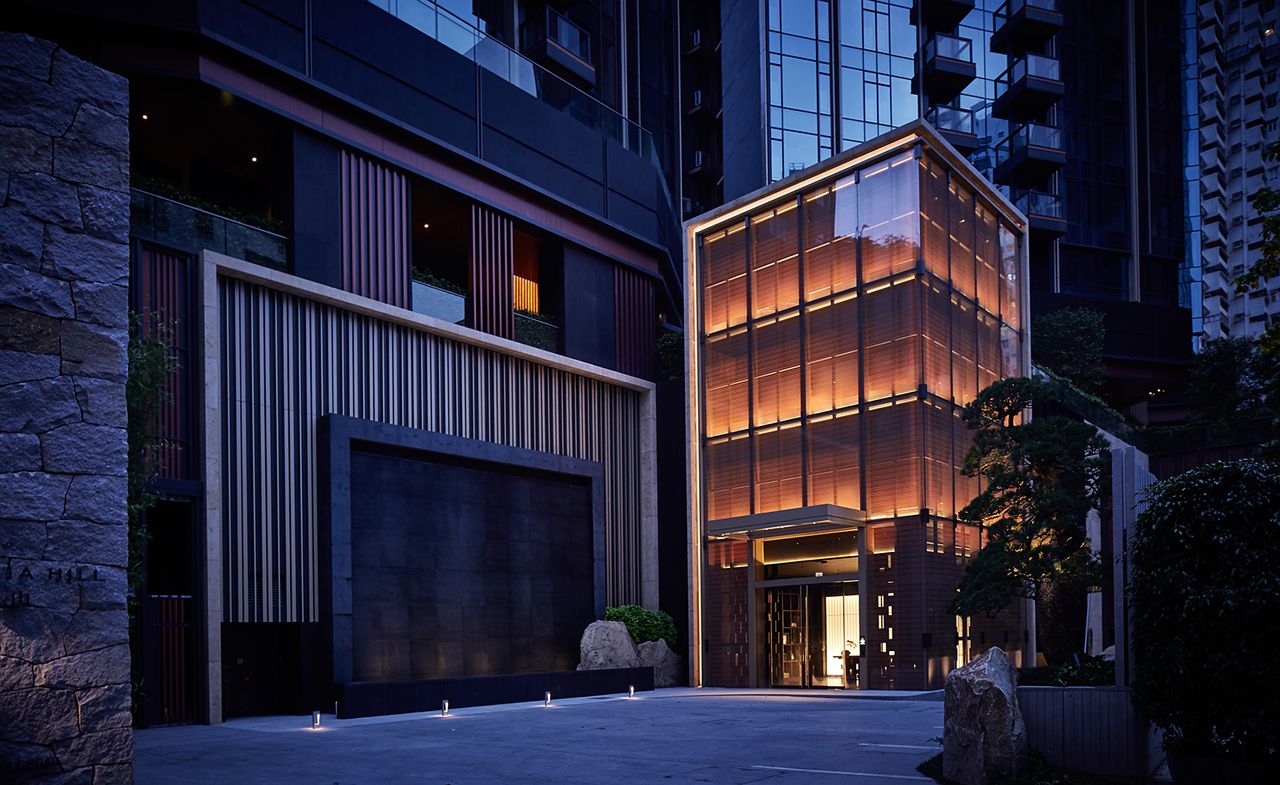
Previously the preserve of bland high-rise tower blocks, Hong Kong’s Tin Hau district is upping its residential offering with an innovative wabi-sabi-inspired development that embraces the simplicity and raw beauty of nature.
‘In a busy city like Hong Kong, it is hard to find a place to soothe our nerves and have peace of mind,’ says Adrian Cheng, the Hong Kong-based executive vice-chairman and joint general manager of New World, the developers behind the recently competed 358-unit project.
Called The Pavilia Hill, the development comprises five blocks of 31 storeys linked by a sublime Japanese landscape garden created by Shunmyo Masuno, one of Japan’s most celebrated living landscape architects (who is also the 18th generation head priest of Kenkoh-ji temple, a Zen temple in Yokohama, and teaches architecture and interior design at Tama Art University).
The elegantly executed space encourages peaceful introspection with a stone path that wends through a series of immaculately landscaped—yet seemingly uncalculated—undulating hills with sculptural rocks, Bonsai and man-made waterfalls. Each tower is defined by enormous stone sculptures representing mountains, water, existence, purity and sound.
Singapore-based Japanese interior designer Koichiro Ikebuchi was responsible for the facilities including a serene clubhouse, gymnasium, and the onsen-inspired indoor swimming pool and bath. Throughout, contemplative, quintessential modern and traditional Japanese materials are reflected in semi-translucent shōji screens, natural materials and simple textured walls. ‘I’ve used natural materials that will age in their own original and beautiful ways,’ he explains.
The bucolic tableaux include a semi-private lounge complete with a Japanese garden in each tower lobby, a contemporary tea pavilion showcasing an ethereal ink painting by the renowned Chinese artist Zheng Chongbin, and a secluded outdoor meditation space.
For Cheng, who studied art and culture in Kyoto, the project demonstrates a growing interest in living spaces that go beyond aesthetics to evoke an emotional connection.
Judging by the rate the units have been snapped up, it seems Hong Kong agrees.
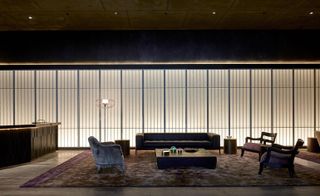
The developers behind the recently competed 358-unit project, New World, were aiming for a space where residents can relax and take a break from the city's busy streets
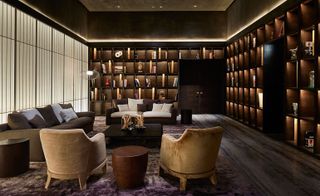
The Pavilia Hill comprises five blocks of 31 storeys each, linked by a sublime Japanese landscape garden
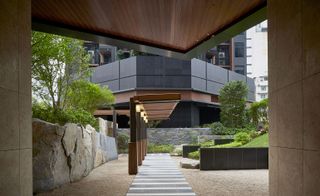
The landscaping outside was created by Shunmyo Masuno, one of Japan’s most celebrated living landscape architects
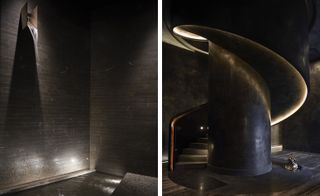
Meanwhile, the residents' facilities were masterminded by Singapore-based Japanese interior designer Koichiro Ikebuchi
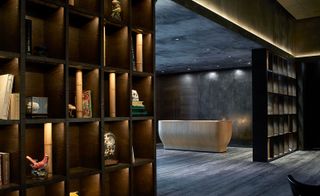
The scheme features a stylish and serene clubhouse and a gymnasium...
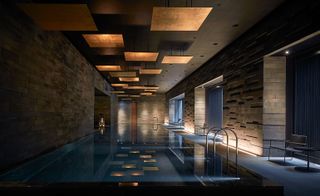
...as well as an onsen-inspired indoor swimming pool and bath
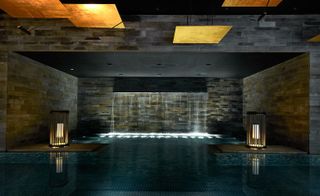
The interiors are both contemplative and modern throughout, using traditional Japanese materials
INFORMATION
For more information, visit the development’s website
ADDRESS
The Pavilia Hill
18A Tin Hau Temple Road
North Point
Hong Kong
Wallpaper* Newsletter
Receive our daily digest of inspiration, escapism and design stories from around the world direct to your inbox.
Catherine Shaw is a writer, editor and consultant specialising in architecture and design. She has written and contributed to over ten books, including award-winning monographs on art collector and designer Alan Chan, and on architect William Lim's Asian design philosophy. She has also authored books on architect André Fu, on Turkish interior designer Zeynep Fadıllıoğlu, and on Beijing-based OPEN Architecture's most significant cultural projects across China.
-
 Watches & Wonders 2025: preview Richemont’s latest innovations, on show at the Geneva watch fair
Watches & Wonders 2025: preview Richemont’s latest innovations, on show at the Geneva watch fairDiscover eight enticing timepieces from the luxury group, showcased this week at the Geneva fair
By Simon Mills Published
-
 Masters of midcentury modern design and their creations spotlighted in new book
Masters of midcentury modern design and their creations spotlighted in new book‘Mid-Century Modern Designers’ is a new book from Phaidon celebrating those who shaped the period and their notable creations, from furniture to objects
By Tianna Williams Published
-
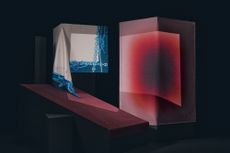 Drafting nine international artists, Gucci’s ‘90 x 90’ project transforms its silk scarf into a creative canvas
Drafting nine international artists, Gucci’s ‘90 x 90’ project transforms its silk scarf into a creative canvasPart of Gucci’s ‘The Art of Silk’ initiative, the project sees nine artists riff on the Italian fashion house’s most memorable motifs, from lush depictions of flora and fauna to its signature horsebit
By Jack Moss Published
-
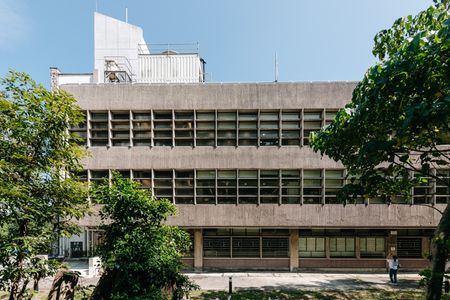 Hong Kong brutalism explored: tour the island with this new architectural map
Hong Kong brutalism explored: tour the island with this new architectural mapHong Kong brutalism is brought into sharp focus through the launch of Brutalist Hong Kong Map, the latest of its kind in publisher Blue Crow Media’s 20th-century architecture series
By Yoko Choy Published
-
 The Henderson by ZHA in Hong Kong makes everyone sit up and pay attention
The Henderson by ZHA in Hong Kong makes everyone sit up and pay attentionThe Henderson, ZHA's new high-rise in Hong Kong, stands out in its coveted address through its unusual, fluted façade of glass columns
By Daven Wu Published
-
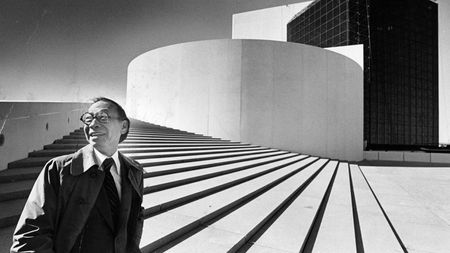 'Famous but understudied': IM Pei exhibition at M+ in Hong Kong is a deep dive into the architect's legacy
'Famous but understudied': IM Pei exhibition at M+ in Hong Kong is a deep dive into the architect's legacy'IM Pei: Life is Architecture' is an exhibition celebrating the global icon; and it's just opened at M+ in Hong Kong
By Ijeoma Ndukwe Published
-
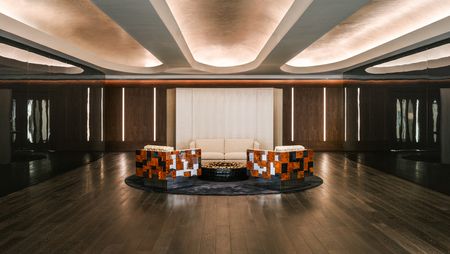 A Hong Kong HQ by Brewin Design Office draws on its modernist building’s nature
A Hong Kong HQ by Brewin Design Office draws on its modernist building’s natureA modernist-inspired office interior in Hong Kong by Brewin Design Office draws on its building’s 1980s Harry Siedler architecture
By Daven Wu Published
-
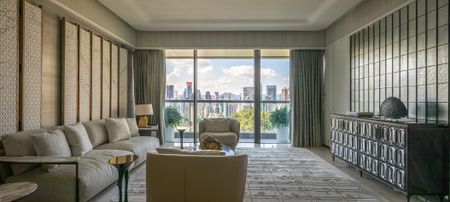 La Maison Blanche is a Hong Kong apartment elevated through bespoke luxury interiors
La Maison Blanche is a Hong Kong apartment elevated through bespoke luxury interiorsLa Maison Blanche by Cream is a Hong Kong apartment with an emphasis on period-inspired, layered decor and long city views
By Ellie Stathaki Published
-
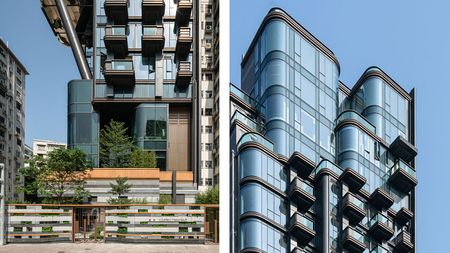 Garden Crescent brings biophilic design to a dense Hong Kong neighbourhood
Garden Crescent brings biophilic design to a dense Hong Kong neighbourhoodGarden Crescent by Ronald Lu & Partners brings a haven of green in its high-density Hong Kong neighbourhood
By Ellie Stathaki Published
-
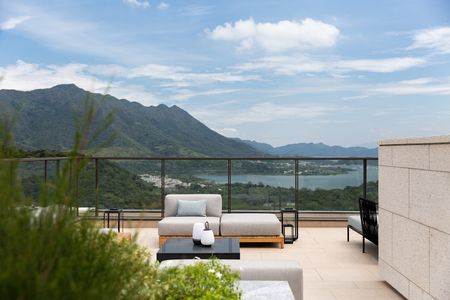 2 Lucca Avenue: contemporary luxury meets views of Hong Kong nature
2 Lucca Avenue: contemporary luxury meets views of Hong Kong natureDesigned by Conran and Partners, 2 Lucca Avenue at Villa Lucca in Hong Kong, is a modern home wrapped in contemporary luxury
By Ellie Stathaki Published
-
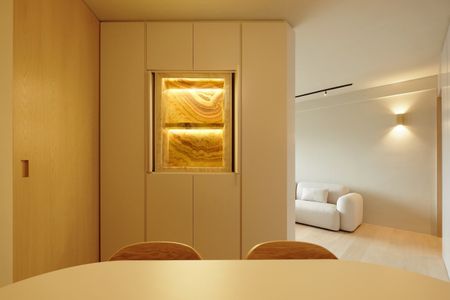 Collective, Hong Kong and Spain: Wallpaper* Architects Directory 2023
Collective, Hong Kong and Spain: Wallpaper* Architects Directory 2023With bases in Hong Kong and Spain, Collective joins the Wallpaper* Architects’ Directory 2023, our annual round-up of exciting emerging architecture studios
By Ellie Stathaki Published